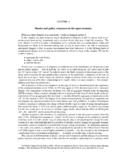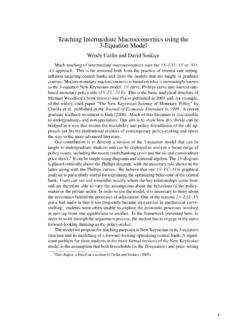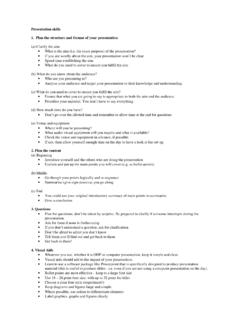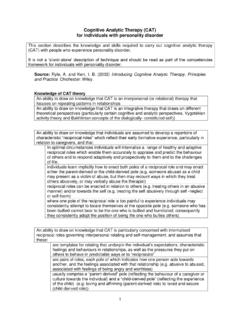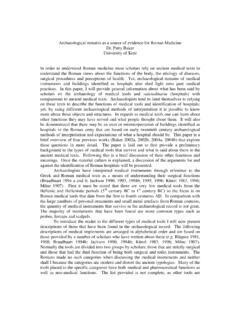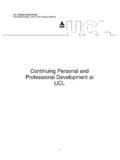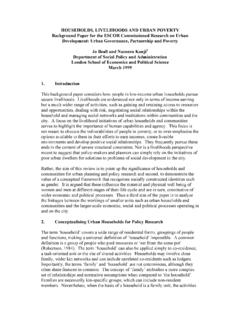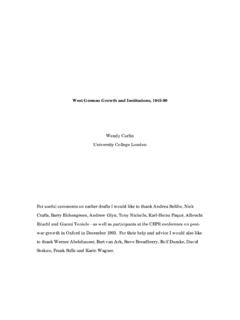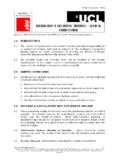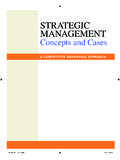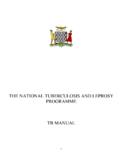Transcription of SPILLAGE MANAGEMENT - London's Global …
1 1 Health and Safety Guidance_____SPILLAGE MANAGEMENTARRANGEMENTSANDGUIDANCES copep2 Emergency plans and proceduresp2 Blood and body fluid spillagep2 Micro-organism spillagep4 Chemical spillagep5 Other spillagesp8 Mercuryp8 Cytotoxic drugsp8 Cryogenic gas spillagep8 Spillages onto or into equipmentp8 Dealing with a suspicious substancep9 Unidentified spillagesp9 Reporting of SPILLAGE incidents and further actionp9 Exposure to micro-organisms, chemicals or chemical fumesp9 Appendix 1- Sources of informationp10 Appendix 2- Documentation required at local levelp10_____ROYAL FREE HOSPITAL NHS TRUSTANDROYAL FREE AND UNIVERSITY COLLEGE MEDICAL SCHOOLOF UNIVERSITY COLLEGE LONDON(ROYAL FREE CAMPUS)1 November 20032 SCOPEThis policy is to inform and instruct staff of what actions to take on the discovery orinvolvement with a SPILLAGE ofbiologically hazardous material (blood, body fluids ormicro-organisms)or achemical substance.
2 All areas within the Trust and MedicalSchool are covered by this policy. The policy does not cover radioactive material*orleaking gases which are dealt with in different guidelines. It is the responsibility of eachHead of Department (or service manager) to ensure compliance with this policy.*Advice on dealing with a radioactive spill can be obtained from the Radiation Protection Supervisors in individualdepartments or from the Radiation Protection Advisers listed in the PLANS AND PROCEDURESEach department which stores or handleshazardous micro-organismsorhazardouschemicalsortox ic chemicalsmust have in placeemergency plans and proceduresfor dealing with the SPILLAGE of these organisms and chemicals.
3 Risk assessments (whichshould follow the guidelines for COSHH risk assessments) should be carried out for themicro-organisms and chemicals that are stored, used and transported in each departmentand emergency plans prepared as required. The Head of Department is responsible forensuring that this documentation is up to date and that it is readily available to staff andemergency is also a legal requirement to assess the need for and to provideappropriate Personal Protective Equipment (PPE), along with training in its use. Guidanceis available from the Health and Safety Adviser for the Trust and Medical School, theBiological Safety Officer, or Infection Control Team on how to carry out theseassessments (see also; Dealing with a suspicious substance p9).
4 PROCEDURES IN THE EVENT OF A SPILLAGE :1. BLOOD AND BODY FLUID SPILLAGE (From: Protection against Blood-Borne Infections in the W orkplace & RFH Infection Control Manual- see appendix)Small spots of blood or small spills Gloves and eye protection should be worn Contamination should be wiped up with paper towels soaked in freshly preparedhypochlorite solution(Milton or chlorine releasing tablets) containing 10,000 ppm(1%) available chlorine. If broken glass is present, first treat the SPILLAGE with hypochlorite, then carefullyremove the pieces of glass with disposable forceps or scoop to a sharps bin, beforewiping up as above. Towels and gloves should be disposed of in a yellow clinical waste bag forincineration (or an autoclave bag if in a laboratory).
5 Hands must be washed following clearing spills other than urine (unless bloodstained)Staff, patients and visitors must be kept away from the SPILLAGE and if possible a warningsign shown, while preparation is made to handle the spill as outlined below. Gloves, eye protection and a disposable apron should be worn. If the SPILLAGE isextensive, disposable plastic overshoes or rubber boots may be necessary. Liquid spills should be covered withdichloroisocyanurate (chlorine releasing)granulesand left for at least two minutes before clearing up with paper towels,absorbent mats or incontinence pads. A specialised SPILLAGE mop with detachableabsorbent pads (see under Chemical SPILLAGE - Dealing with the SPILLAGE ) is aconvenient way of absorbing the SPILLAGE after disinfection.
6 Alternatively, the spill may be covered with paper towels, absorbent mats orincontinence pads and gently flooded withhypochlorite solution(Milton or chlorinereleasing tablets) containing 10,000 ppm (1%) available chlorine*(again this shouldbe left for at least two minutes before attempting to clear up). If broken glass is present, first decontaminate the SPILLAGE as above, then carefullyremove the pieces of glass with disposable forceps or scoop to a sharps bin, beforewiping up. Paper towels, gloves, disposable overshoes and any contaminated clothing should beplaced in a yellow clinical waste bag for incineration (or an autoclave bag if alaboratory) and hands washed (reusable PPE may need to be decontaminated withdilute disinfectant).
7 Finally, the area should be washed with water and detergent and allowed to dry.*Hypochlorite solutions (eg household bleach) may be replaced by solutions of dichloroisocyanurateprepared from tablets according to the manufacturer's instructions. Note: metals can be damaged byhypochlorite, and they should not be exposed to it for lengthy :Spilt blood should not be allowed to dryas potential aerosol production isgreater from dried normal mop and bucket should not be used for blood that urine may promote the release of free chlorine from the treated areawhen hypochlorite or other chlorine-containing compounds are applied. Ventilationof the area may be in the Vacuum transport system for specimensIn the event of a blood or body fluid leakage in the specimen transport system,immediately inform the Assistant General Manager in Pathology Services (see appendix),as well as the laboratory managers in the Haematology and Clinical BiochemistryDepartments, and the Biological Safety Officer or his Assistant.
8 The system must beclosed down and a specialised decontamination procedure carried MICRO-ORGANISM SPILLAGEA SPILLAGE of micro-organisms would normally occur only in laboratories equipped tohandle this situation (Containment Level 2 or 3 laboratories), unless the organisms arebeing used in a clinic or on the ward for therapeutic reasons. Examples would be; BCG(Bacille Calmette-Guerin) for inoculation or bladder instillation, or the inoculation ofgenetically modified live micro-organisms (see below). The disinfection of micro-organisms is based on information contained in the Trust and Medical SchoolLaboratoryDisinfection Policy(see appendix).
9 Any SPILLAGE of micro-organisms outside of the specific Containment Level areas must bereported immediately to the Biological Safety Officer or his Assistant and the InfectionControl Team (for contact numbers- see appendix). SPILLAGE in laboratoriesDepartments with laboratories which handle infectious micro-organisms (Hazard Group 2or 3) or fluids which might contain such organisms, must have a risk assessmentstandard operating procedure for dealing with relevant spillages. Further, a spillagecontrol kit for biological hazards, or the appropriate disinfectants, must always be readilyavailable in these laboratories. Biological spillages inContainment Level 3 laboratoriesrequire specialised fumigation and disinfection procedures.
10 These must be documentedand available in the of genetically modified micro-organisms in clinics or on wardsBefore live GM (genetically modified) organisms are used in a clinic or on the ward, theGM Committee must give permission to its use. The Committee will receive a full riskassessment of its intended use which will include details of specific handling anddisinfection procedures in the event of a SPILLAGE . Guidelines will then be made availableto staff handling such of BCG:(In bladder instillation the SPILLAGE may be larger than expected and include urine) Proceed as for handling a blood and body fluid spill, but use 2%Hycolin(nothypochlorite) as the disinfectant.
